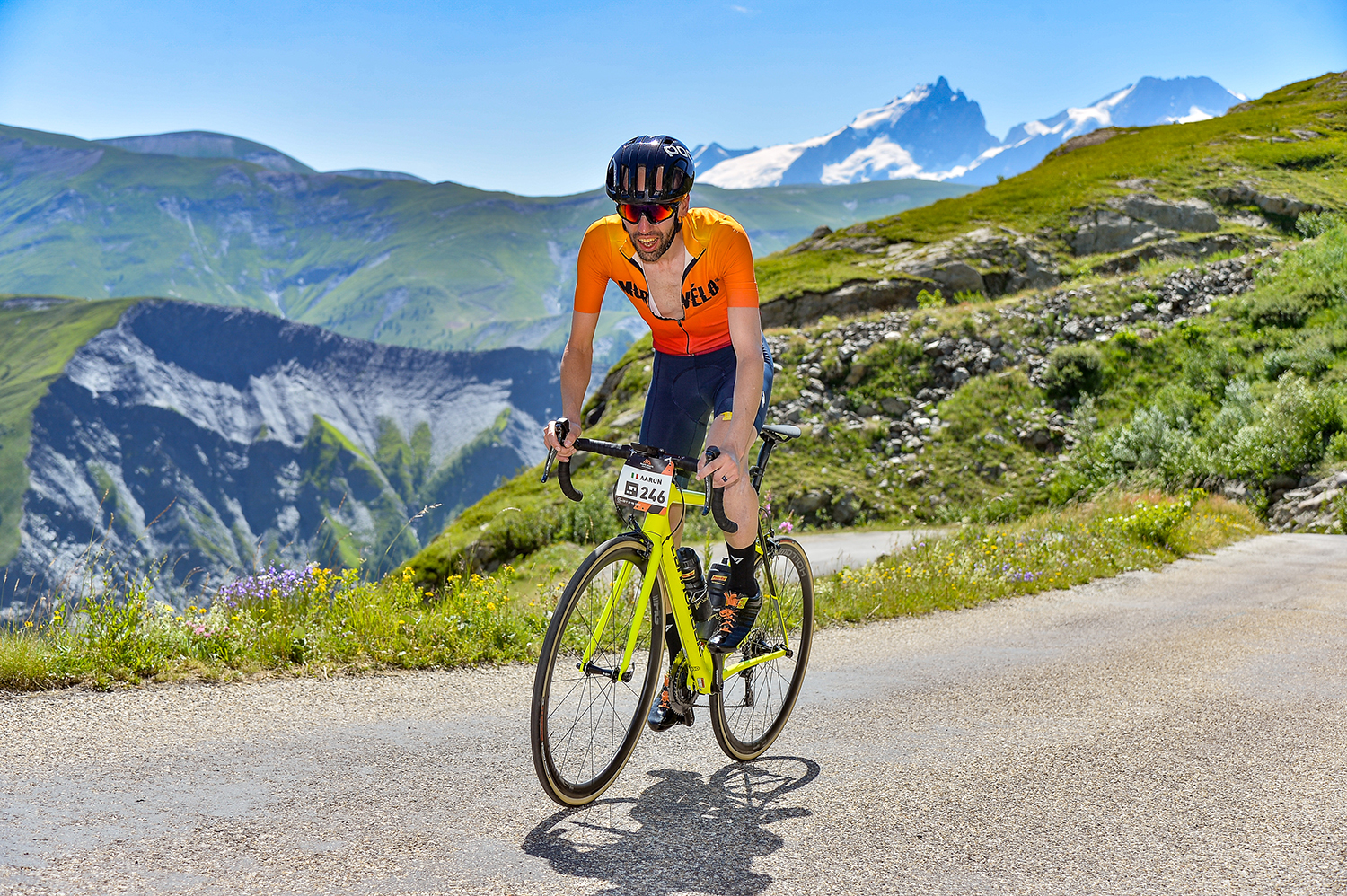Cyclingnews Verdict
The Specialized S-Works Diverge is one for the racers. A lightweight surgical trail tool designed for carving up trails, gravel roads or mountain passes - at speed
Pros
- +
Stealthy, refined aesthetics
- +
Compliant ride quality
- +
Flattering geometry
- +
Reactive steering
- +
Comprehensive range covering all price points
Cons
- -
Dropper post is overkill and adds unnecessary weight
You can trust Cyclingnews
The gravel bike is not a particularly new notion to Specialized. After all, the Morgan Hill-based company has been tinkering with the concept since 1989 already - who remembers the RockCombo? The RockCombo is considered by dirt disciples as the original gravel bike and spiritual forefather of the Diverge. Polarising in appearance and application, it eschewed the hybrid flavours of the time in favour of a more traditional road bike appearance but quickly disappeared into obscurity following the prolific rise of the mountain bike movement.
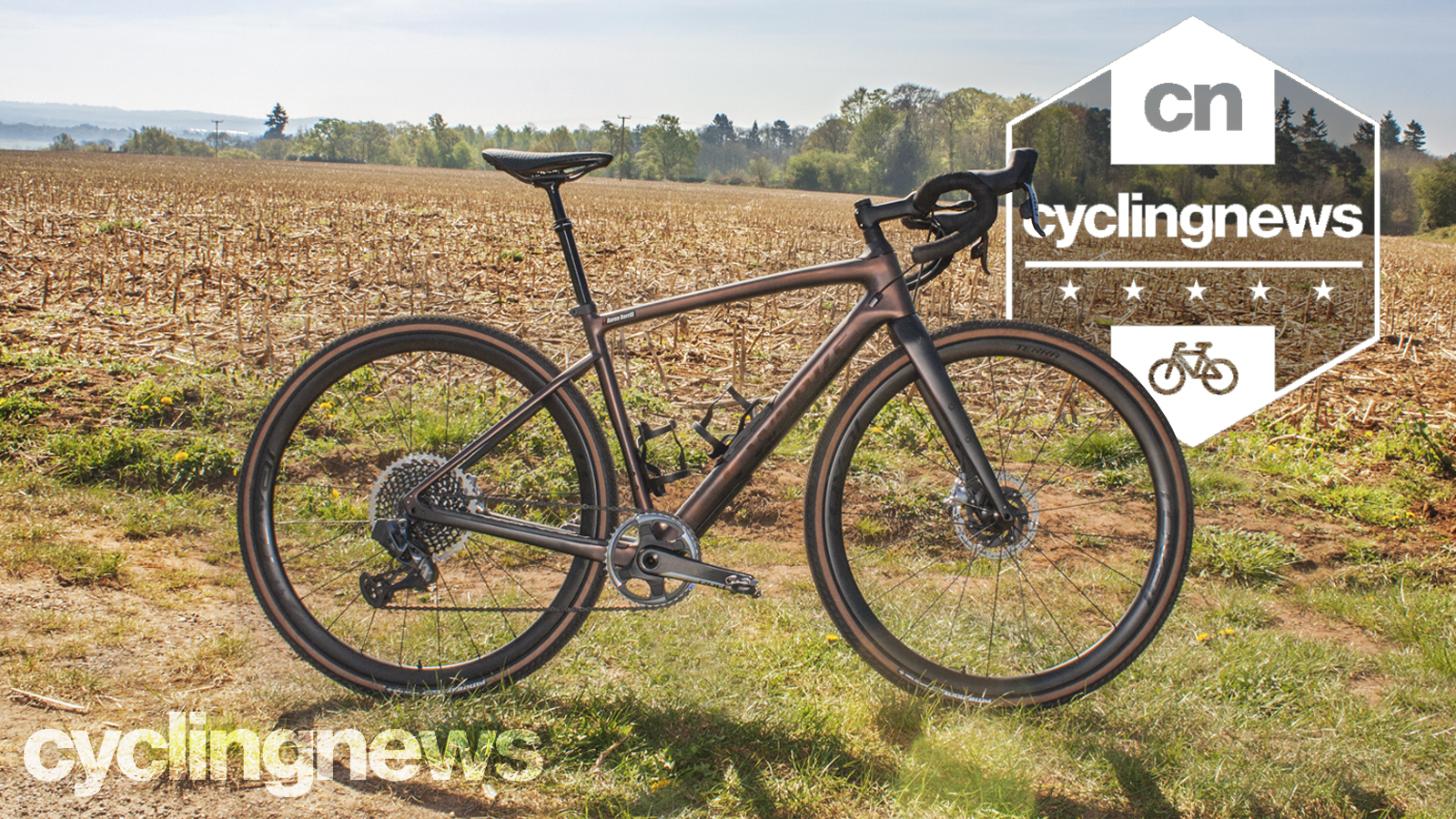
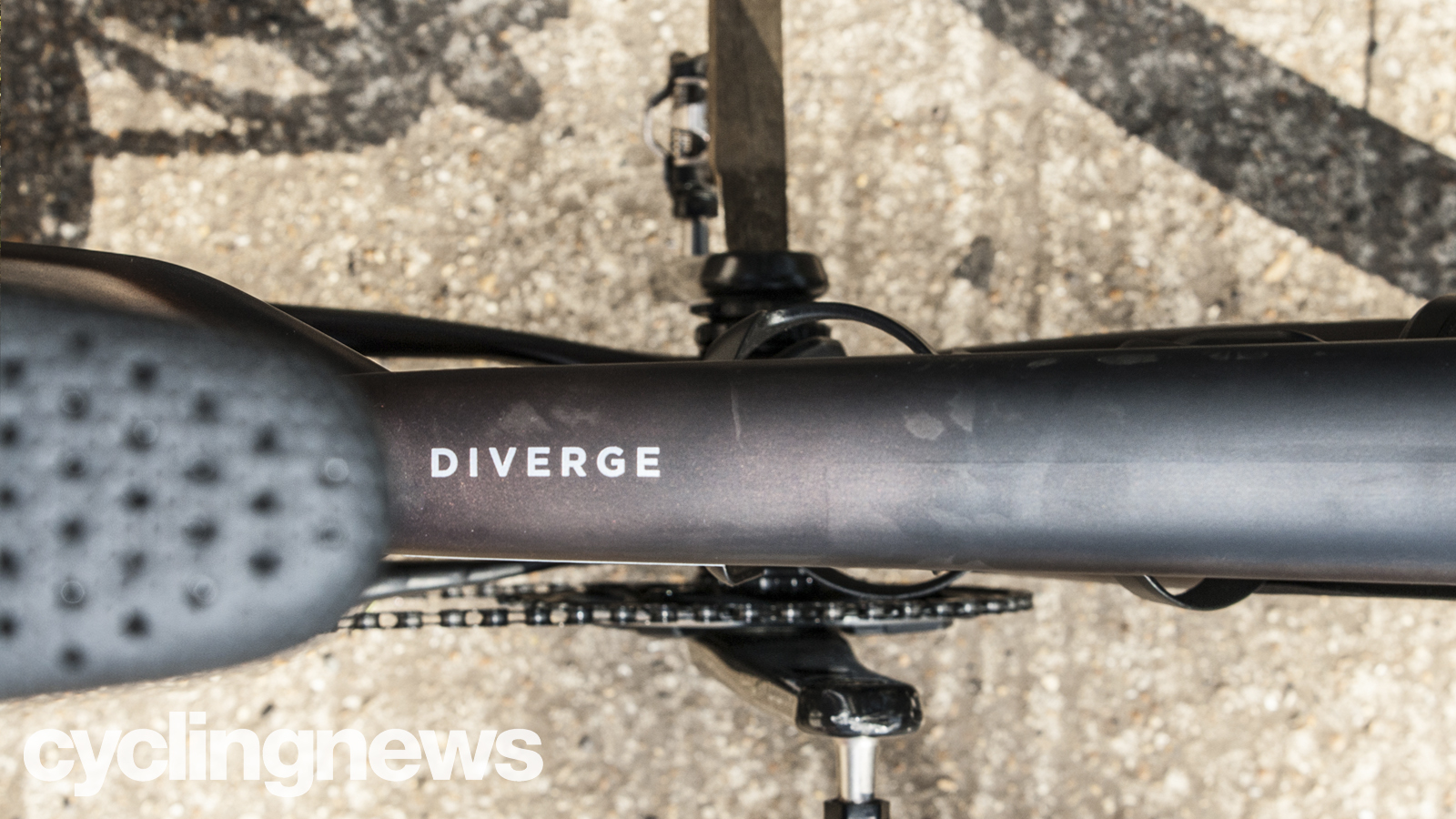
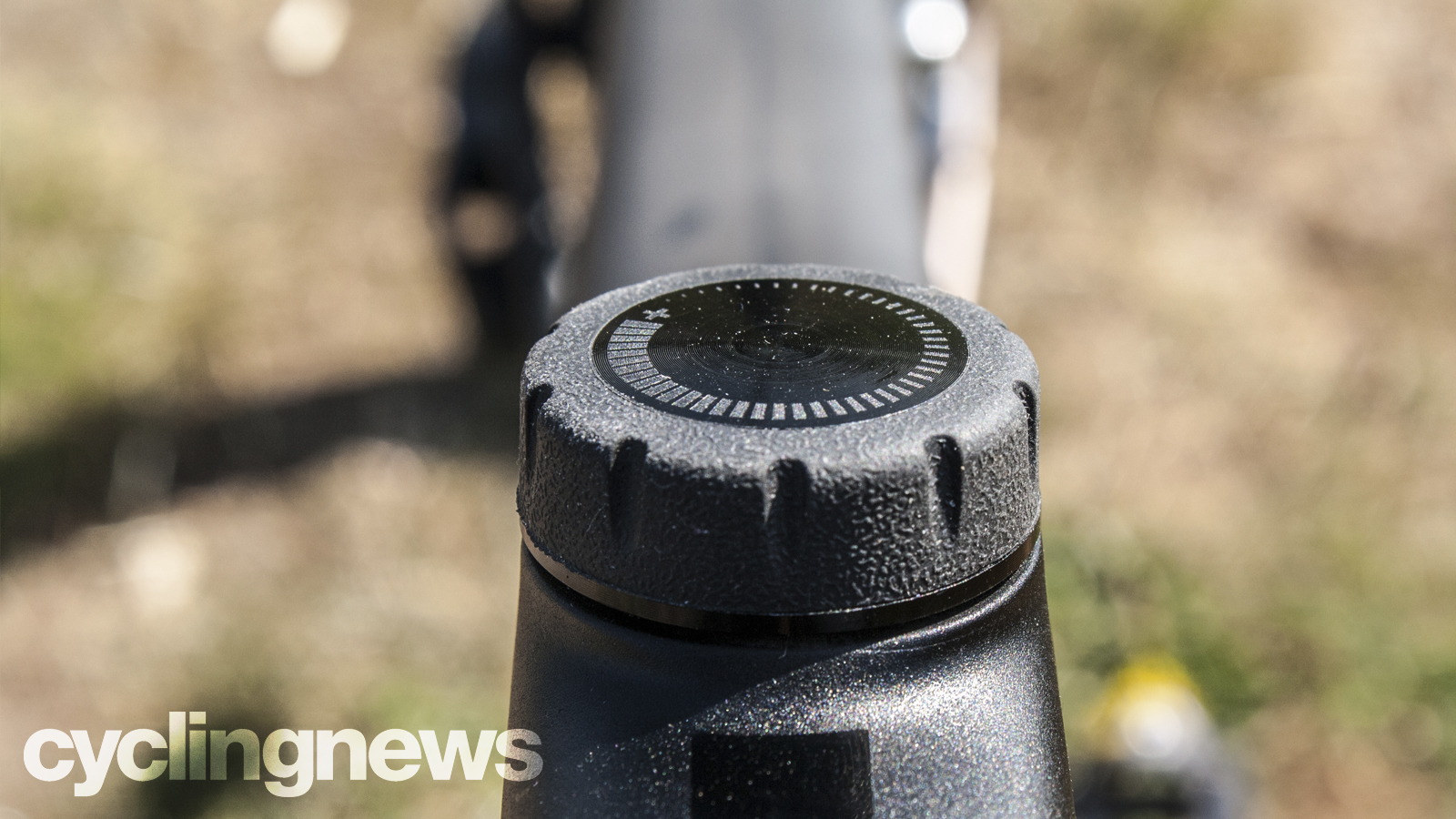
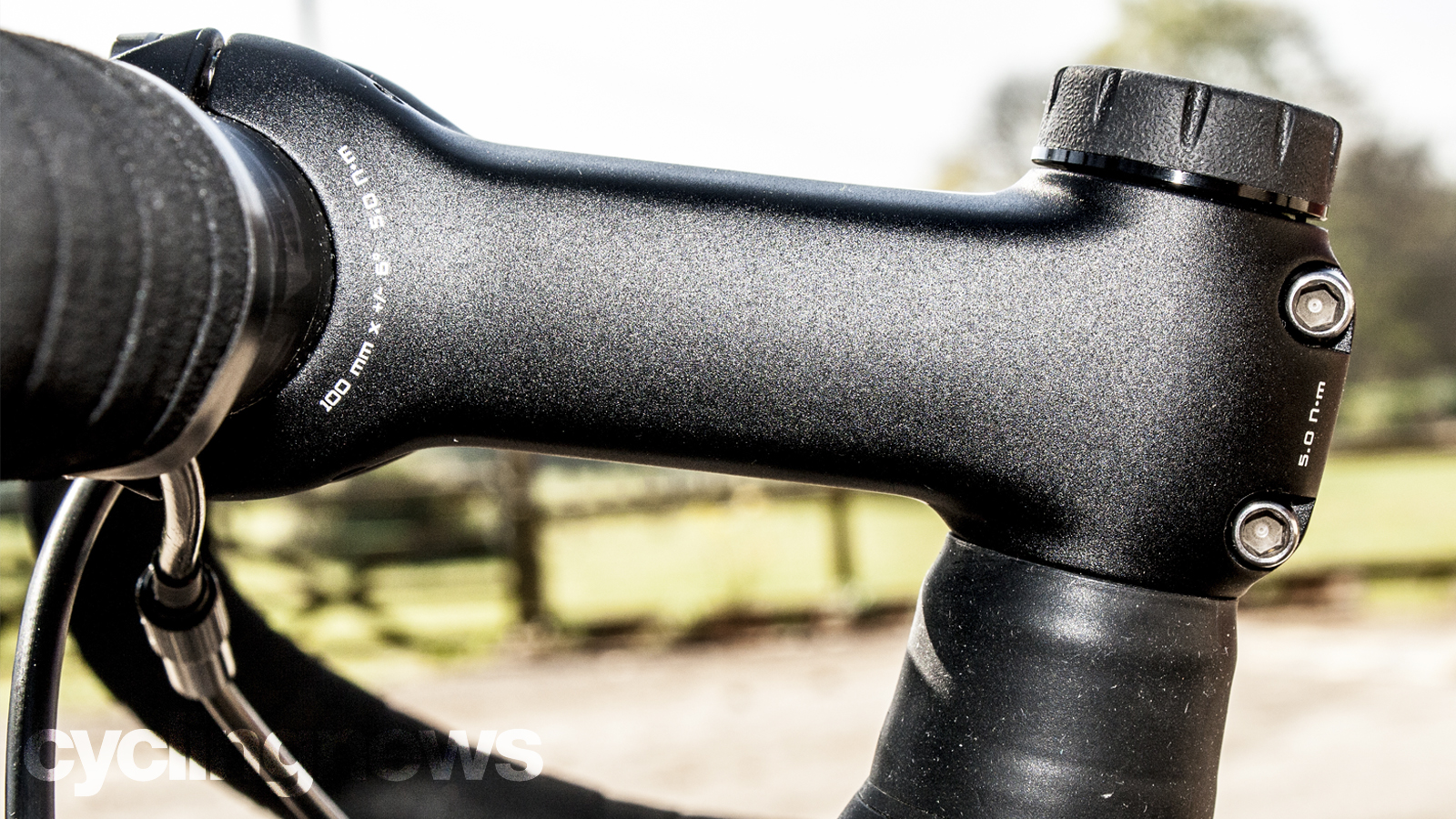

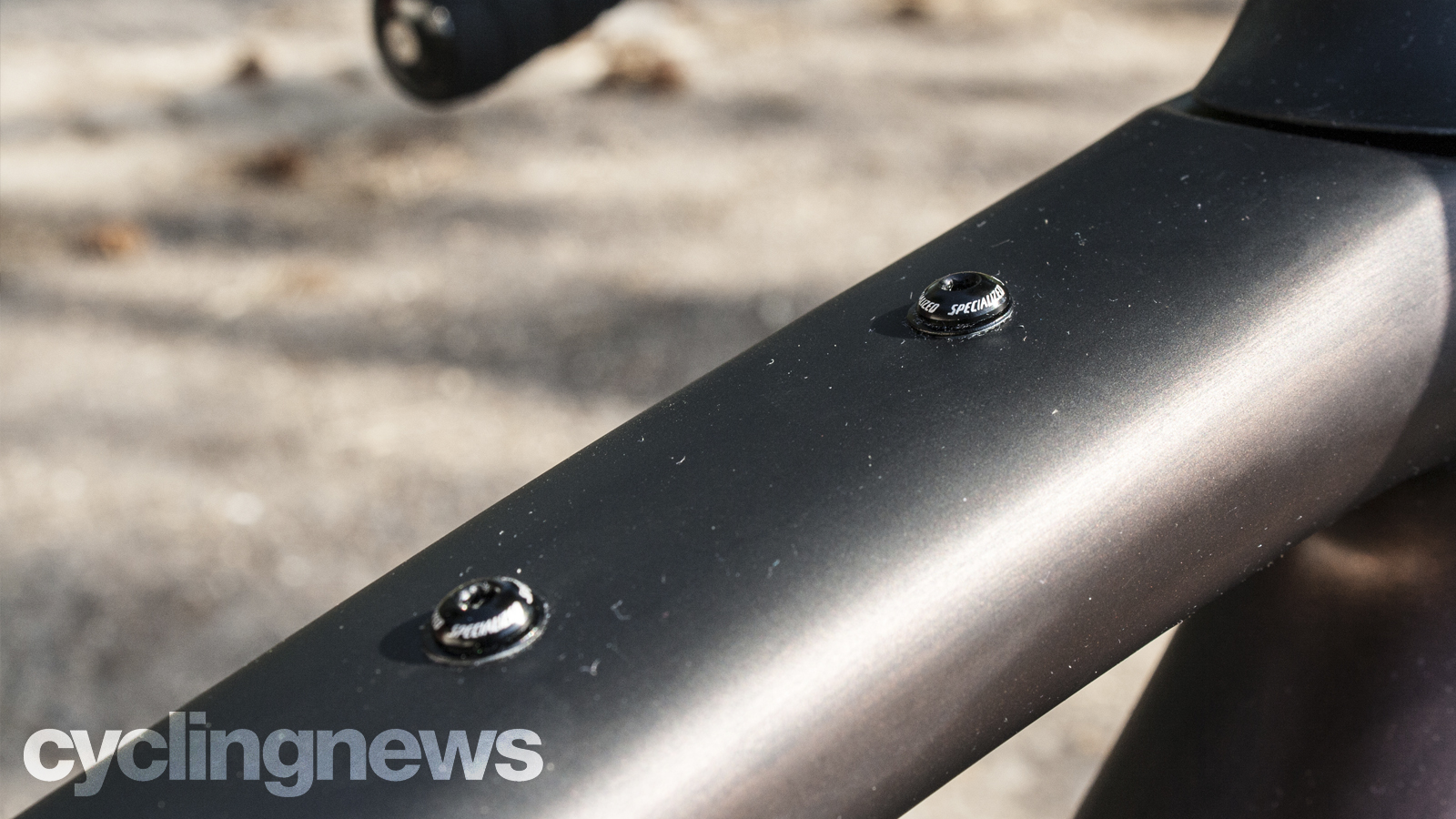
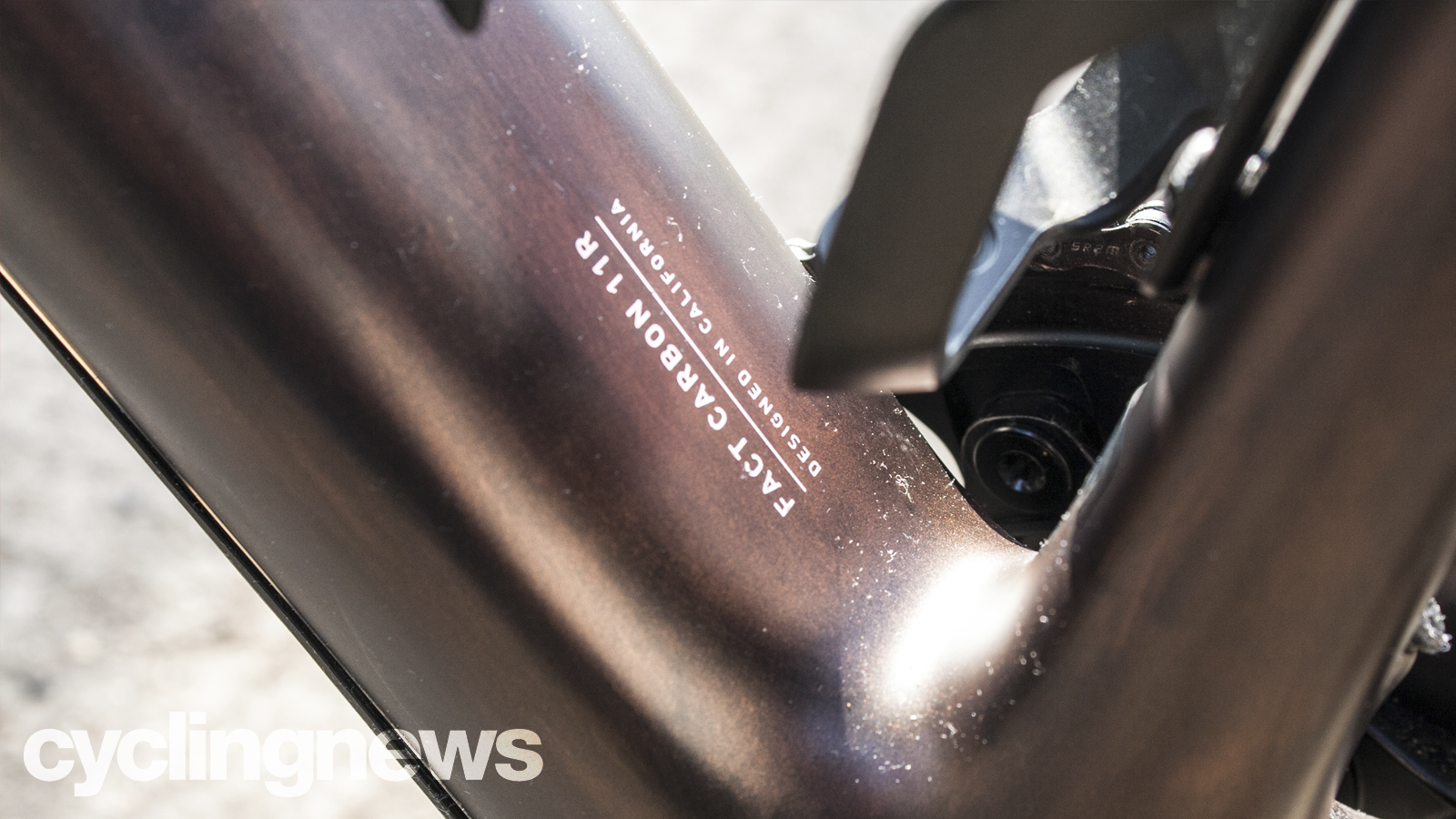
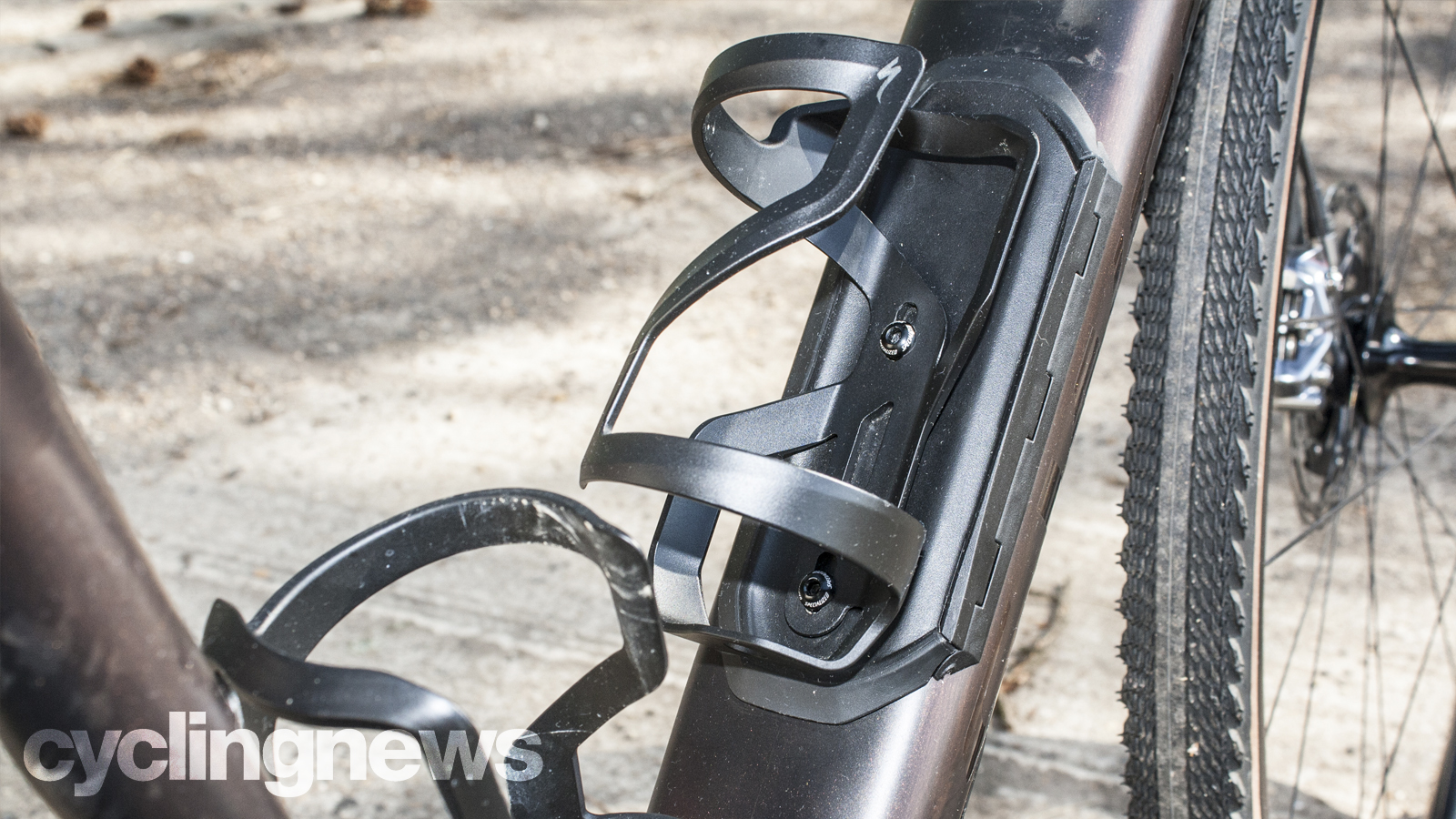

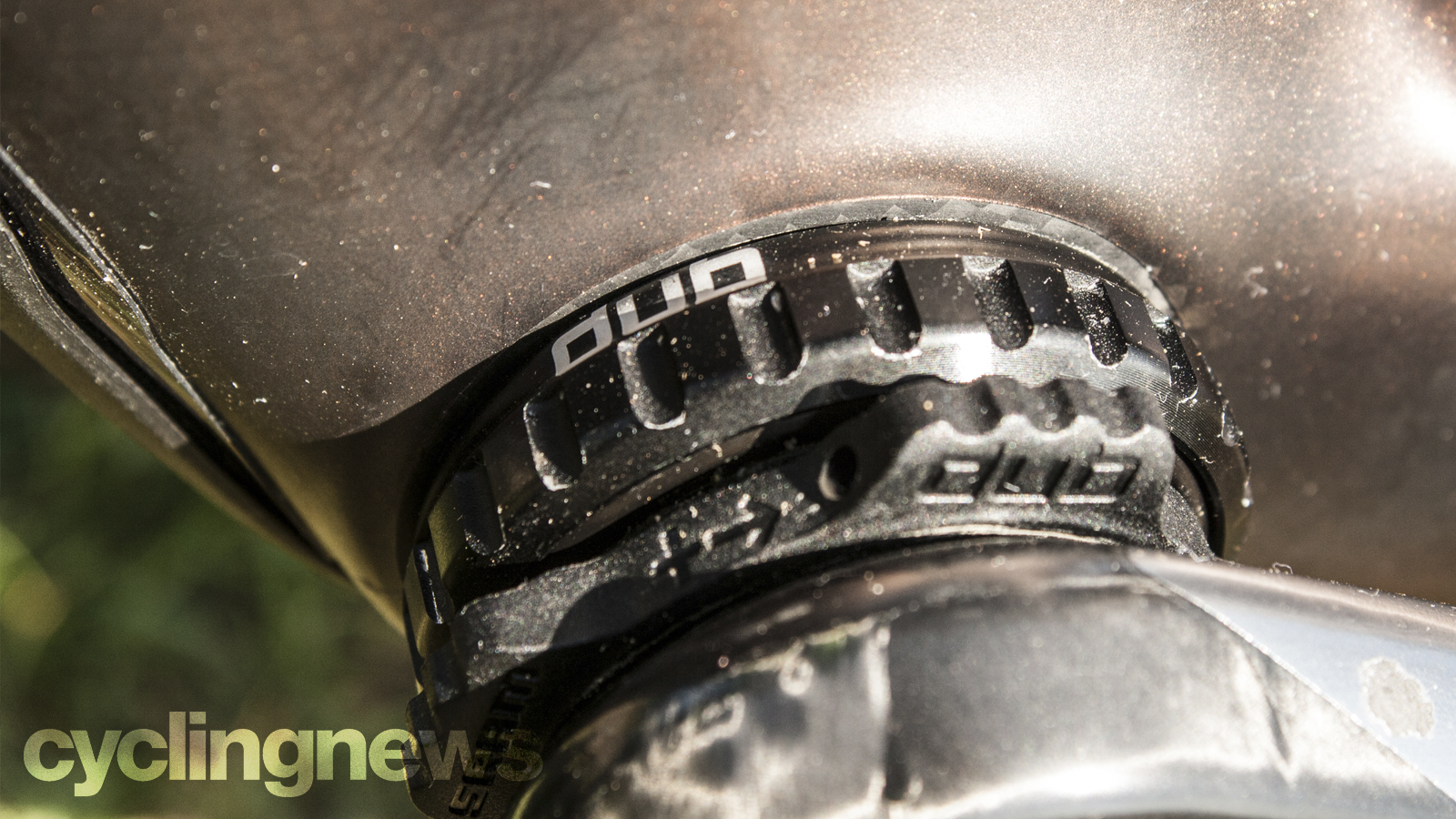
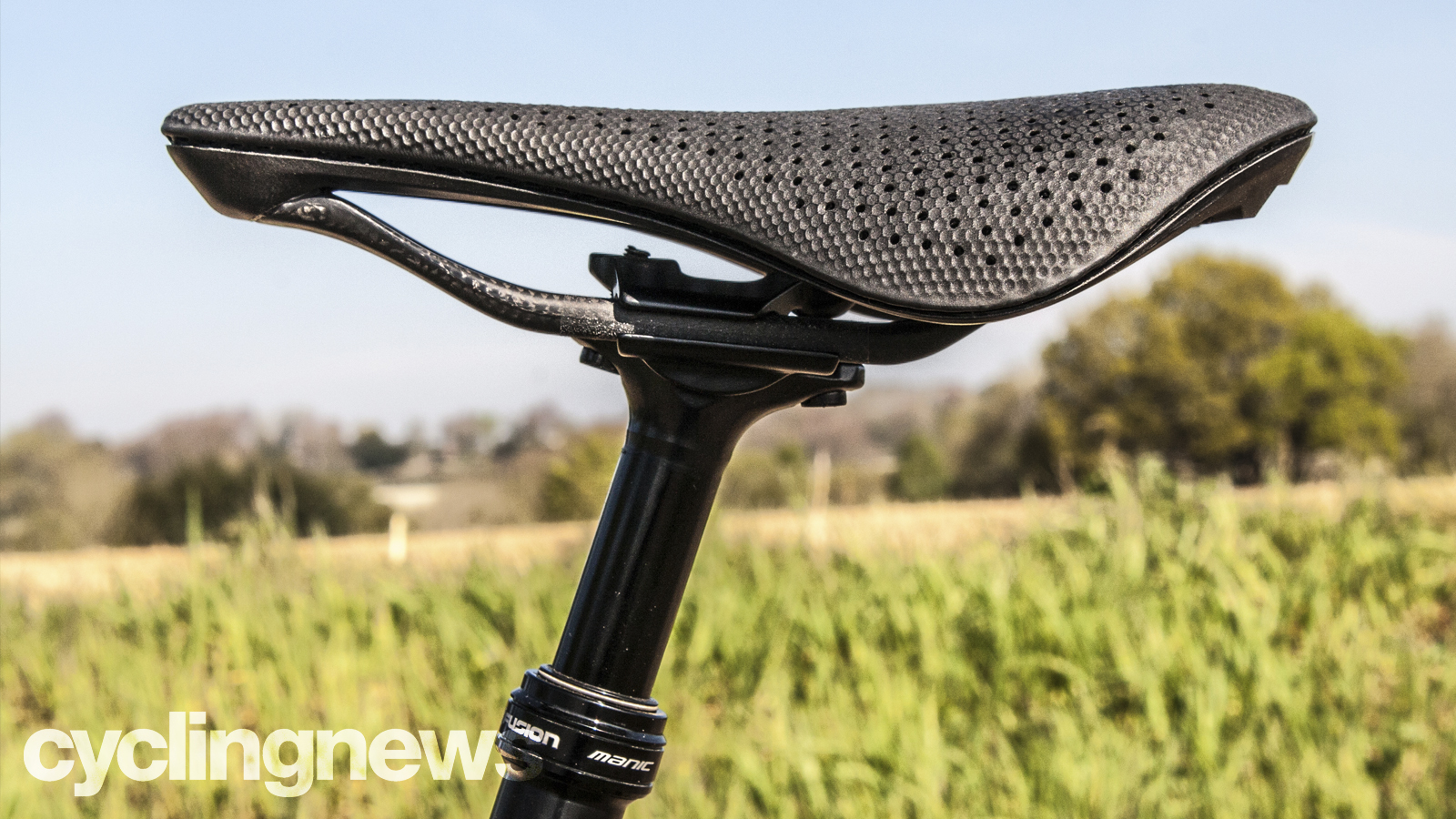

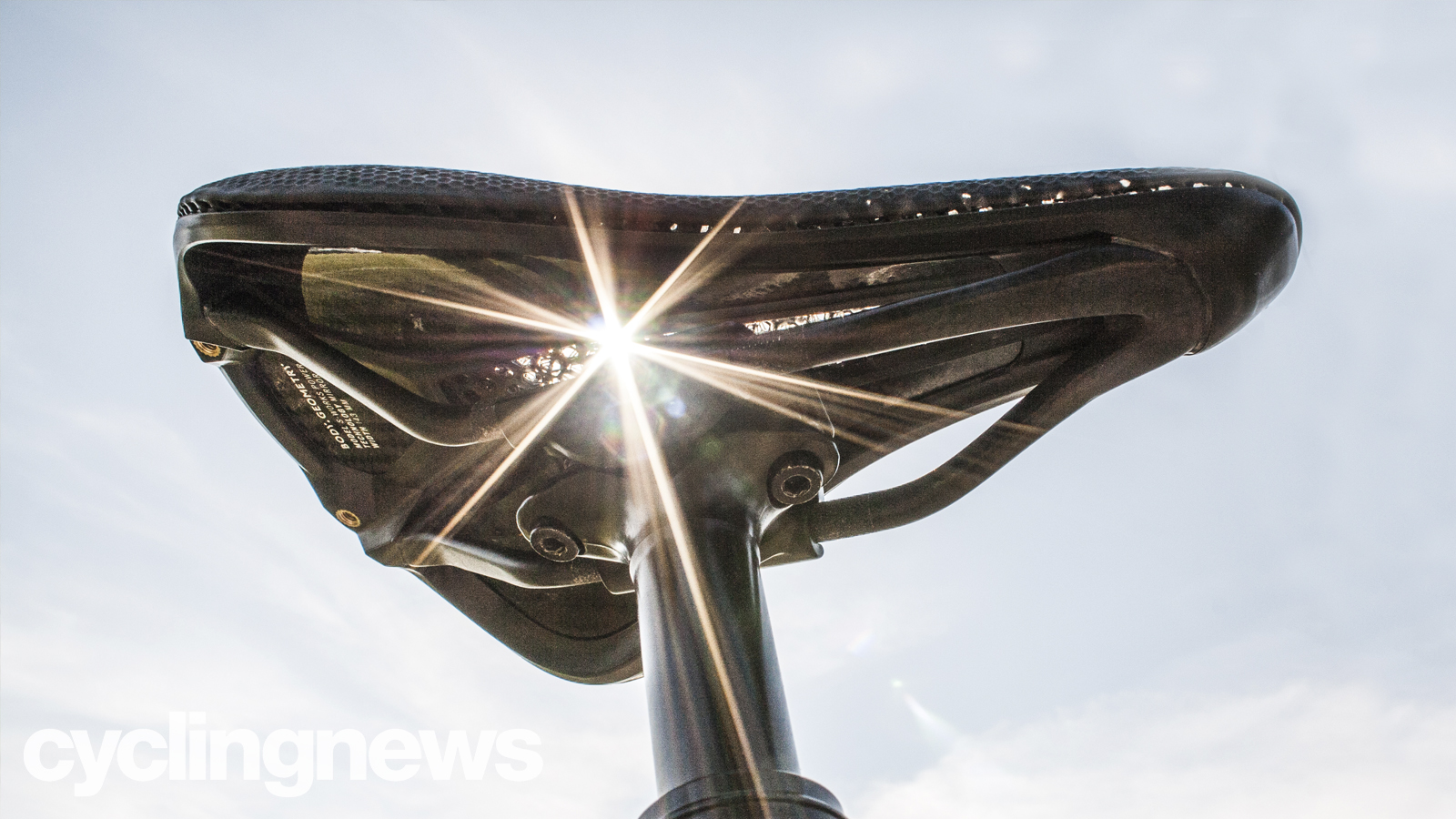
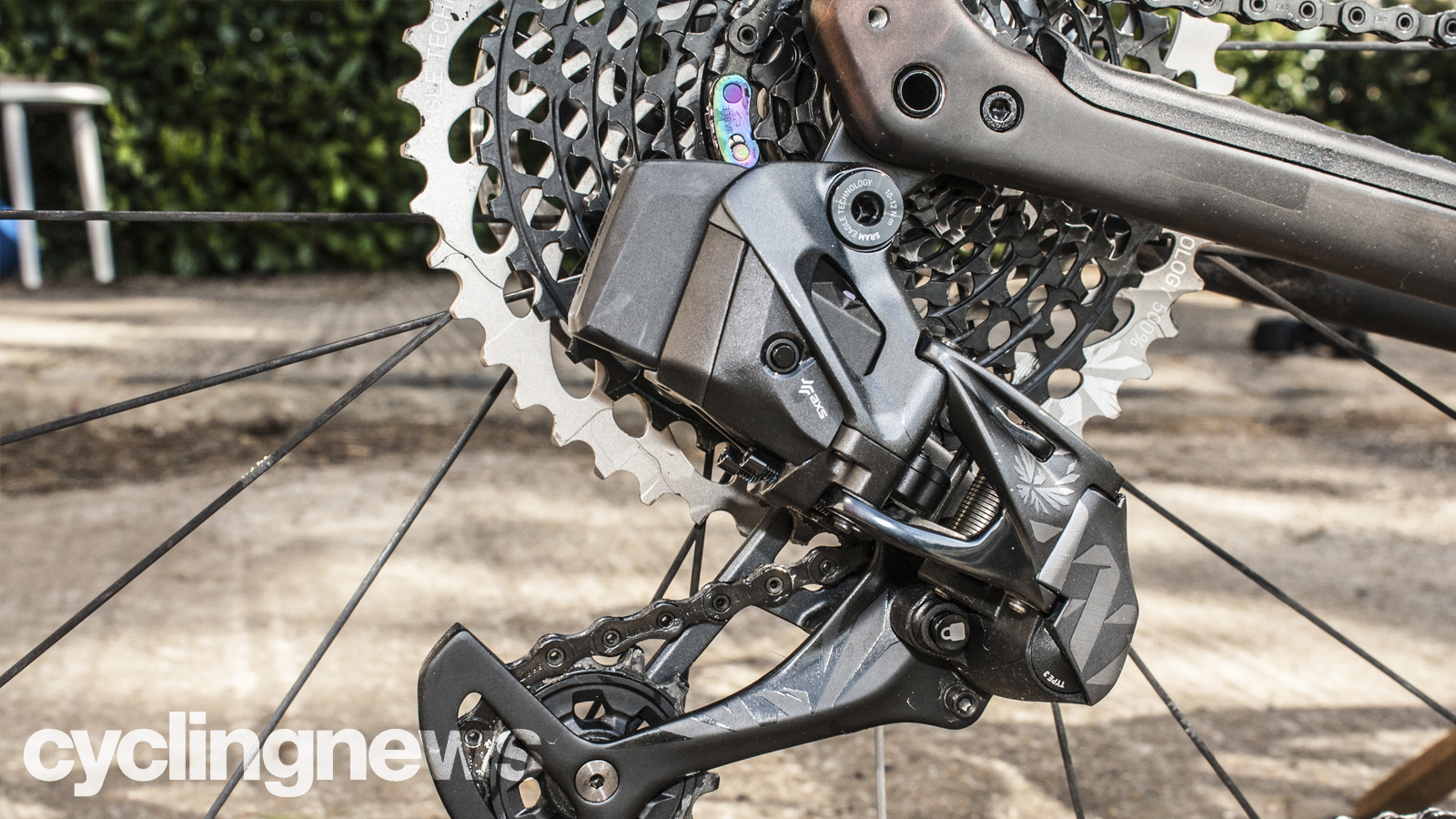
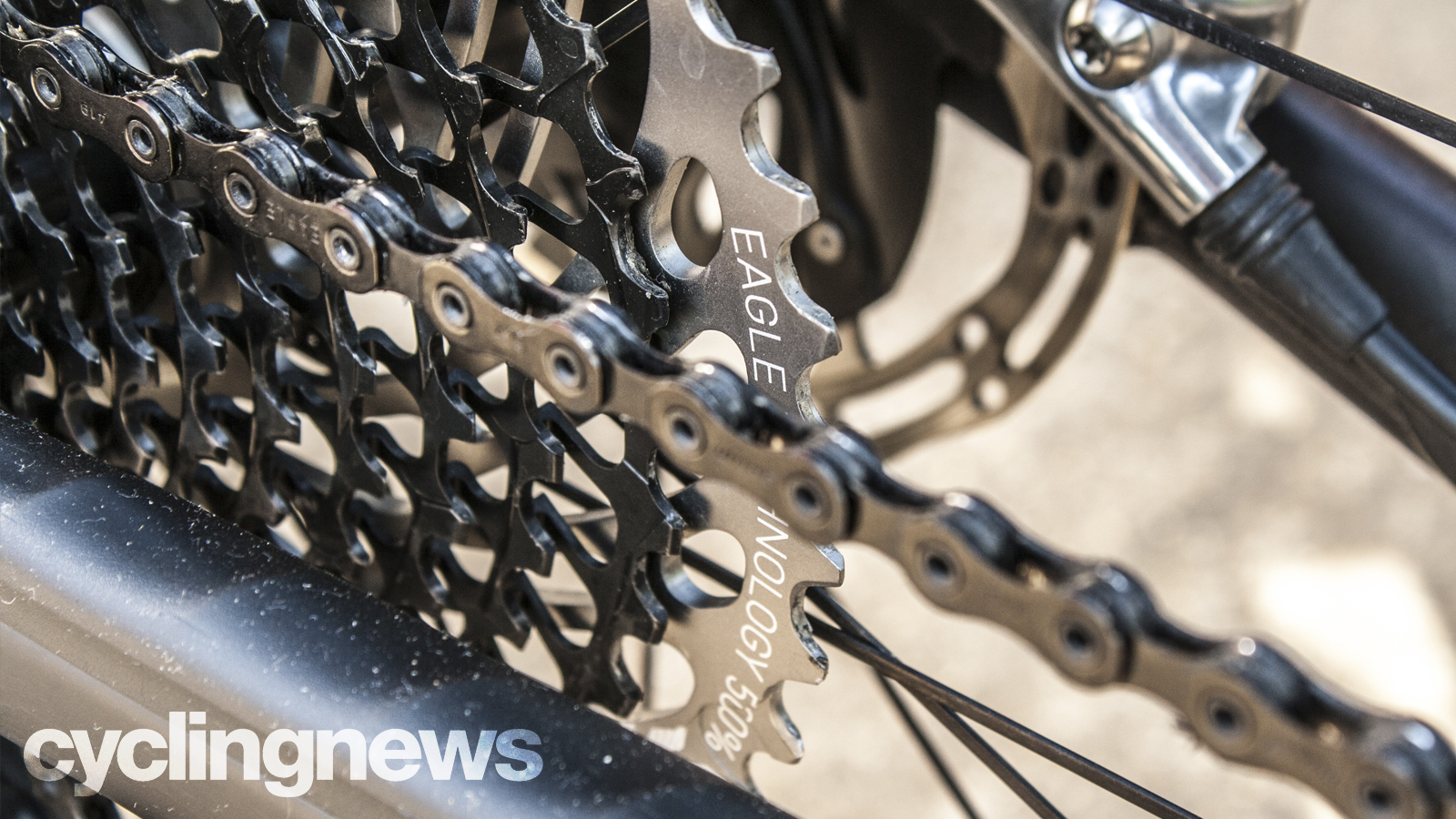
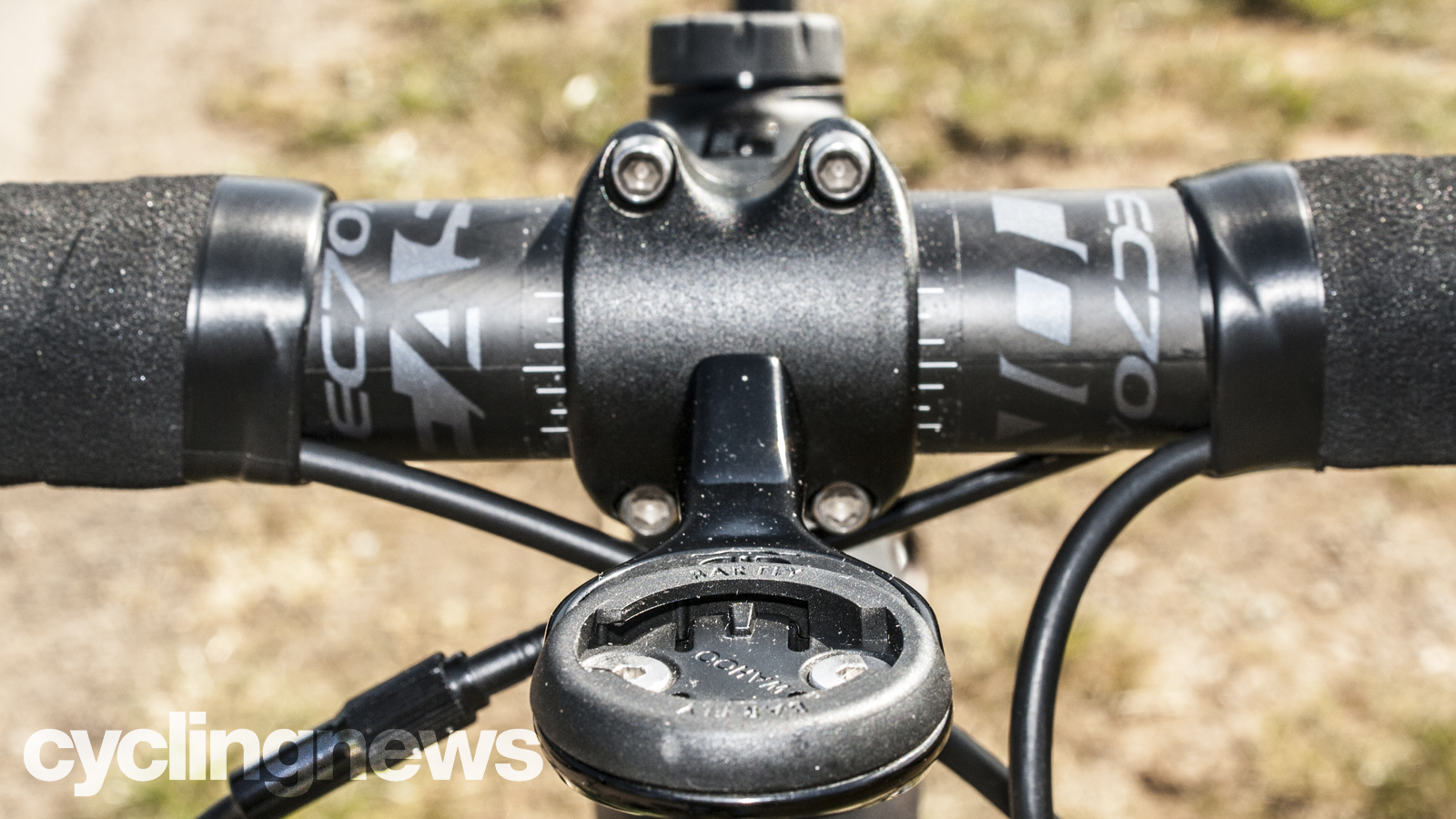
The gravel bike idea would eventually come full circle for Specialized and, in 2014, it released the Diverge in response to the rapid growth of the adventure riding scene in the USA. Like the RockCombo, it went against the current adventure bike design rhetoric, incorporating disc brakes, thru-axles, Zertz elastomers, wider tyre clearance and road bike-like geometry. It redefined the concept.
Diverge 2.0 came three years later and yet again tore up the script, binning the proprietary Zertz elastomer-based inserts in the frame and fork for the Future Shock: a small spring located under the stem boasting 20mm of progressive travel. The geometry featured a higher stack, shorter reach and a lower centre of gravity, which also helped it perform more consistently over myriad terrain types - technical single track included.
Specialized unveiled the third-generation Diverge to the cycling media in March against the backdrop of Girona's most epic gravel roads and trails but we weren't there - the COVID-19 pandemic had other plans and quickly put paid to our attendance. Kudos to Specialized though, as shortly after the launch, a 2021 S-Works Diverge found its way into our test fleet and has been hogging this tester's thoughts and saddle time ever since.
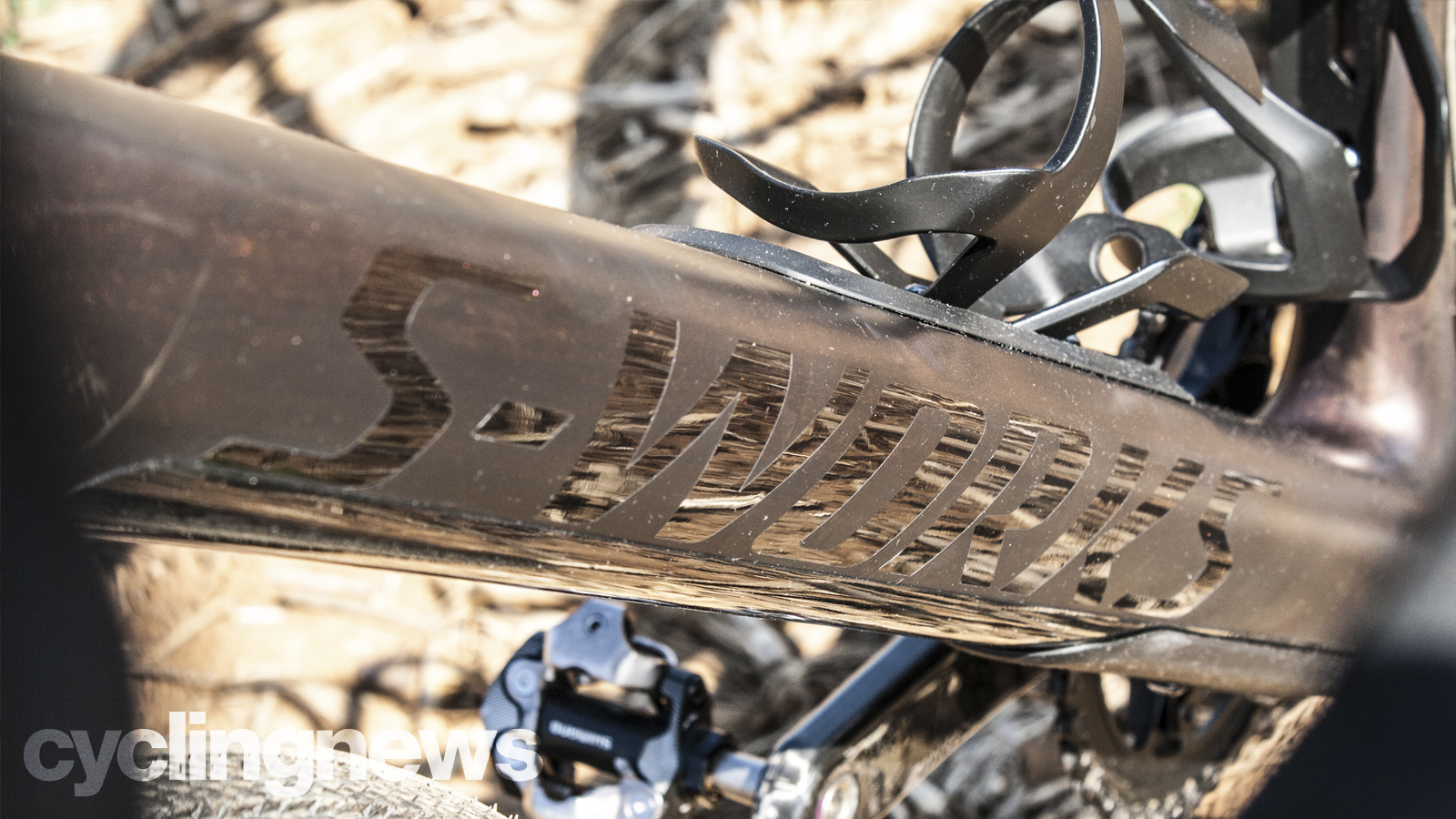
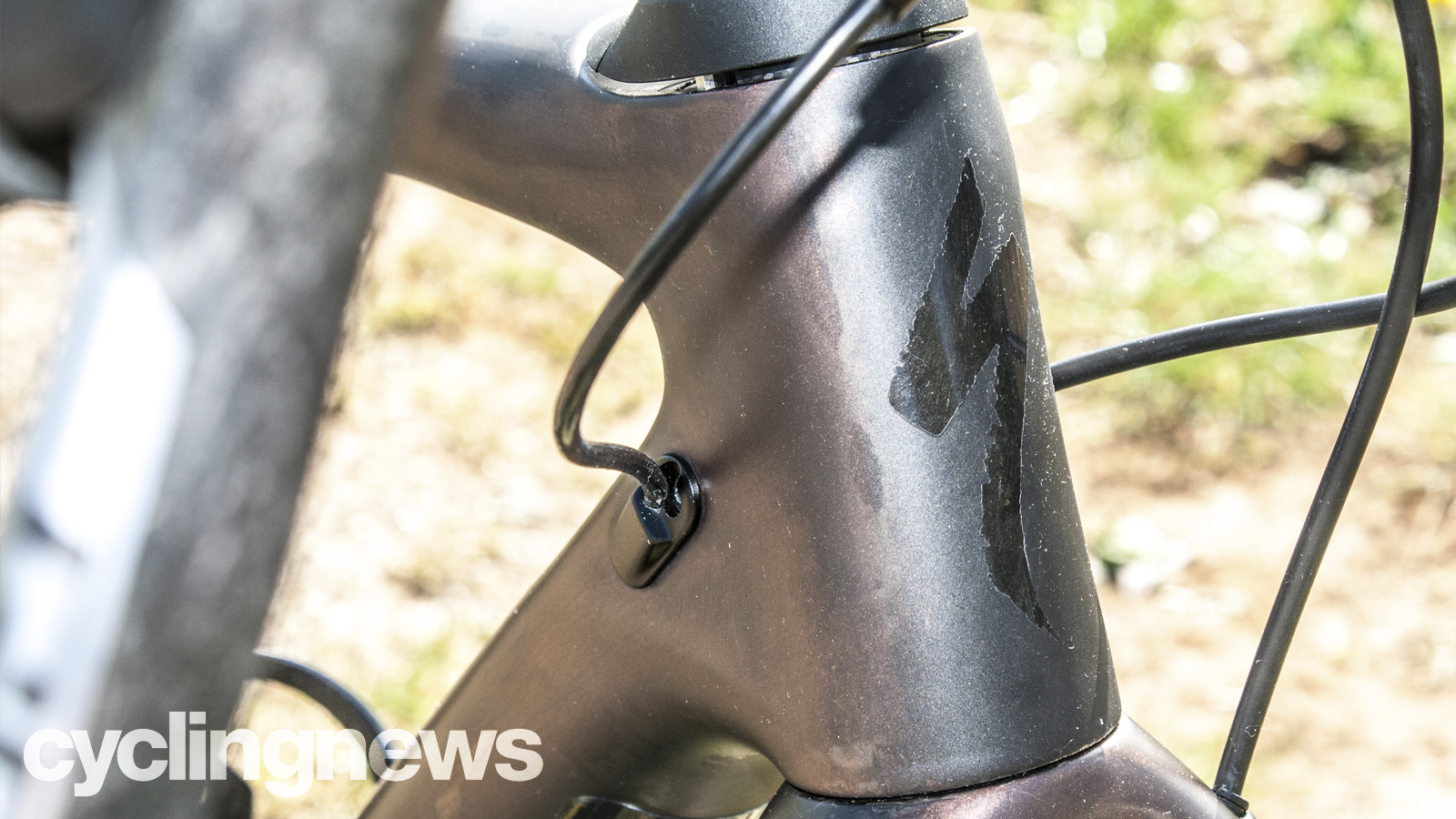
Design and geometry
The third-generation Diverge cuts a clean and aggressive silhouette. Sure, some will argue that the Future Shock disrupts the raciness somewhat but it's here for a fundamental reason and, in this application, function will always trump form. Internal cable and brake hose routing, fender and rack mounts front and rear have all been carried over and a new Internal SWAT compartment runs the full length of the downtube to maximise storage.
You'll be hard-pressed to tell this particular Diverge apart from its stablemates, despite what it says on the tin. It's only upon closer inspection that the S-Works moniker - finished here in gloss - pops off the metallic-copper matte finish which Specialized calls Satin Carbon.
The paint application has been applied more like a wash to accentuate the mottled look of the unidirectional carbon-fibre patterns, something which adds another layer of theatre and dynamism to the package. The unorthodox yet intriguing paintwork is exquisitely offset by a collection of SRAM's top-drawer Red eTap AXS components which further punts the high-end nature of this build.
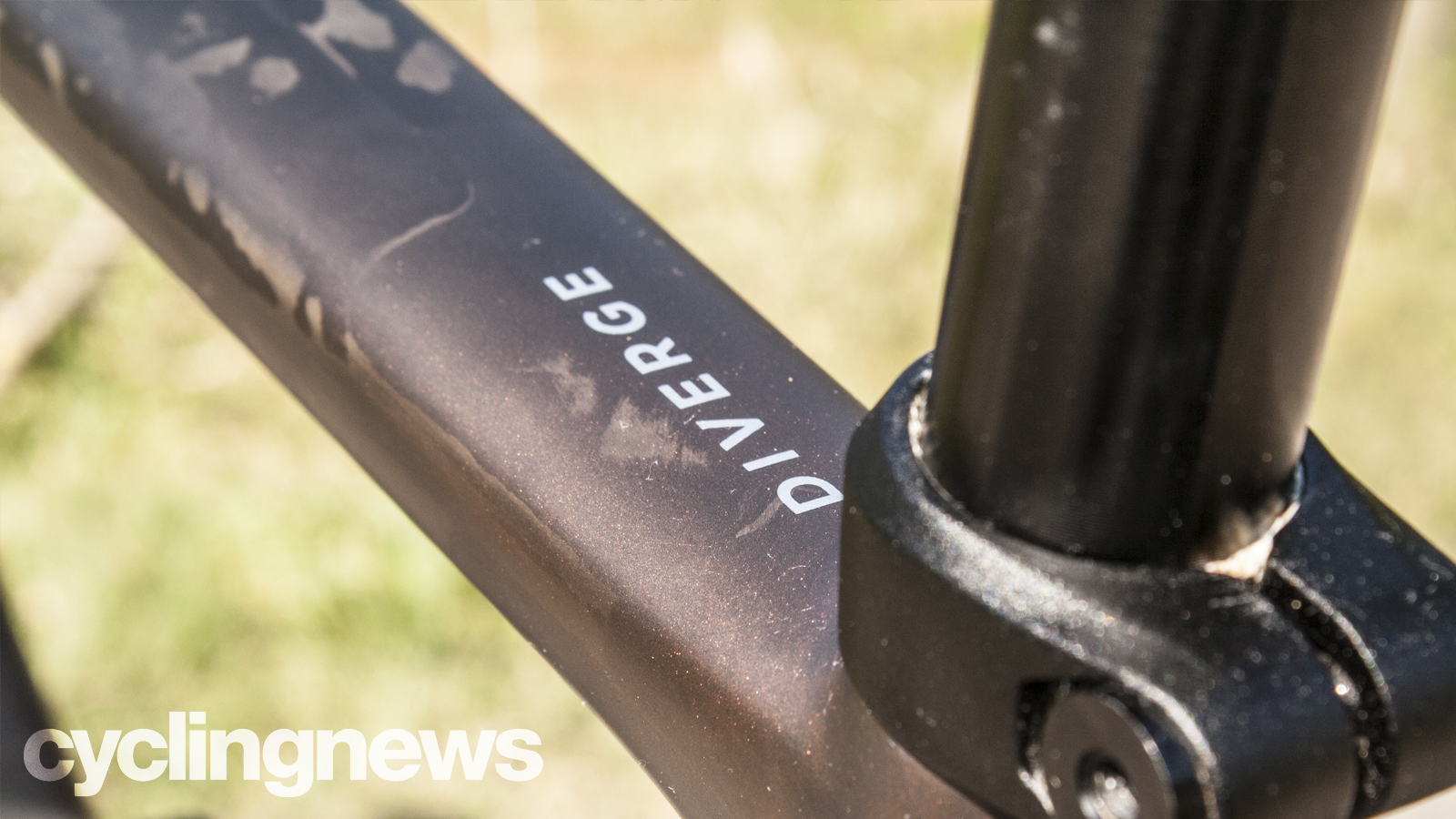
In terms of its design blueprint, the Diverge still takes on the same compact road bike-like appearance of its predecessor but its geometry has been subtly reworked to improve handling and performance. In fact, during the R&D process, the designers built a configurable test mule to make alterations to the front end geometry on the fly. This 'hack bike' allowed the designers and engineers to work together to pinpoint areas of concern and accurately dial-in improvements.
As such, the Diverge is more progressive than before featuring a slacker headtube angle, a longer reach and a shorter stem. The fork has also received some adjustments and now boasts a longer offset while the trail number ensures greater steering response and front-end agility. Compared to the second-generation Diverge, the bottom bracket drop has been raised by 5mm (80mm) for all frame sizes while the chainstays have marginally grown to 425mm.
The drive-side chainstay, however, has been modified using a narrow, solid beam of carbon to help bolster tyre clearance. As a result, it can safely accommodate tyres of up to 47mm wide (an increase from 42mm) when using a 700C wheelset and 2.1in when using a 650b wheelset. (700x42c or 650bx47c when using fenders).
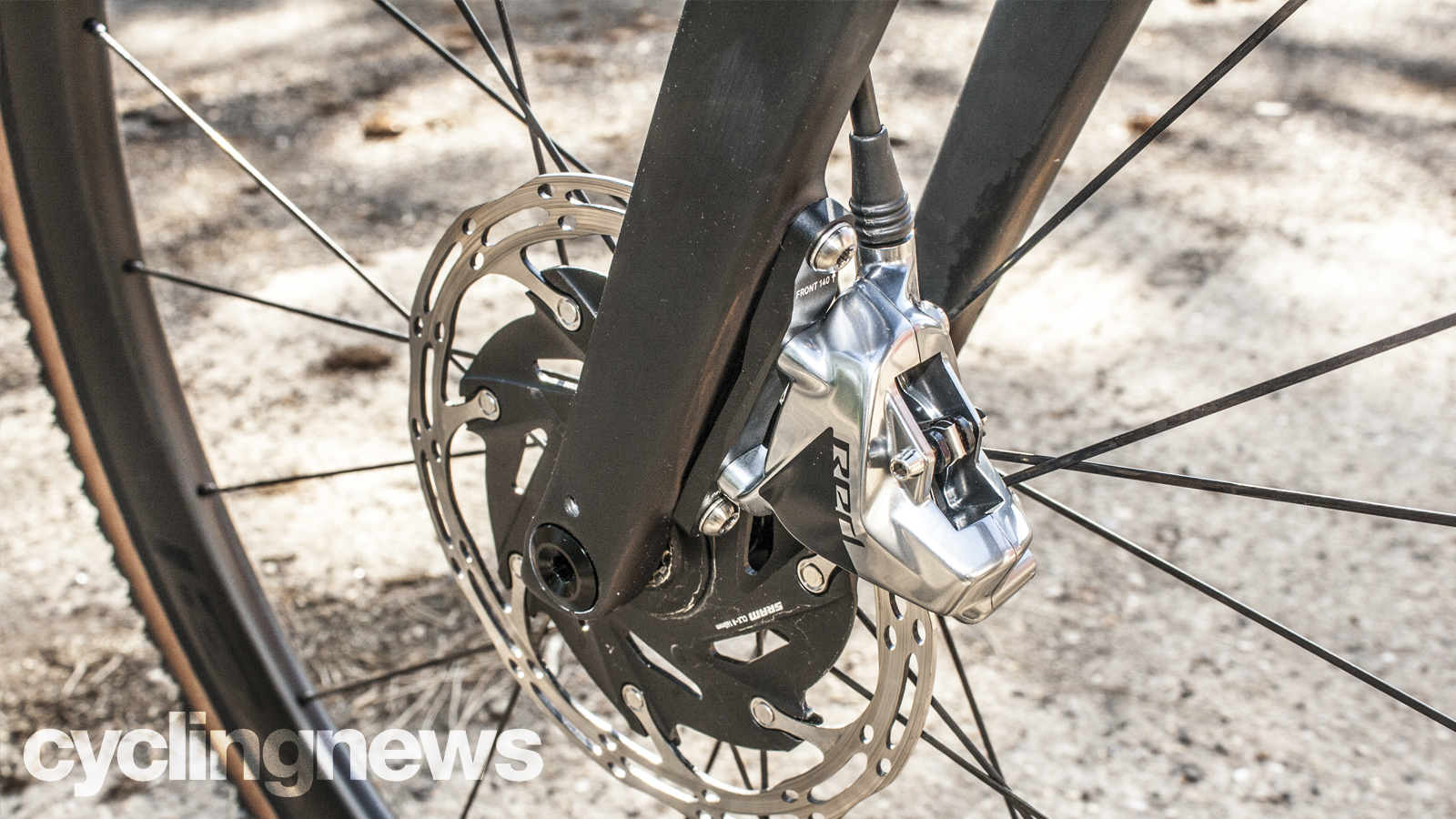

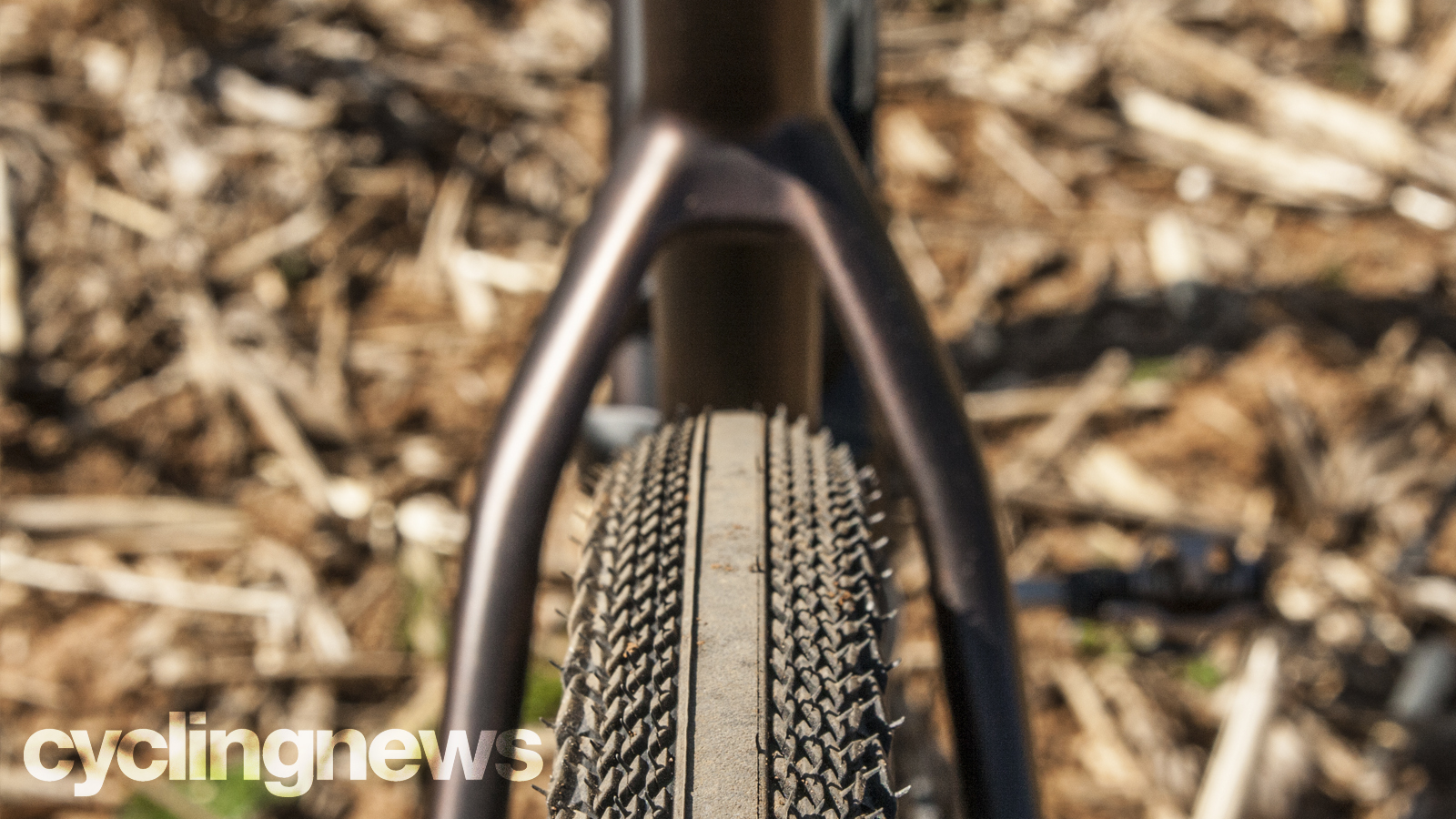
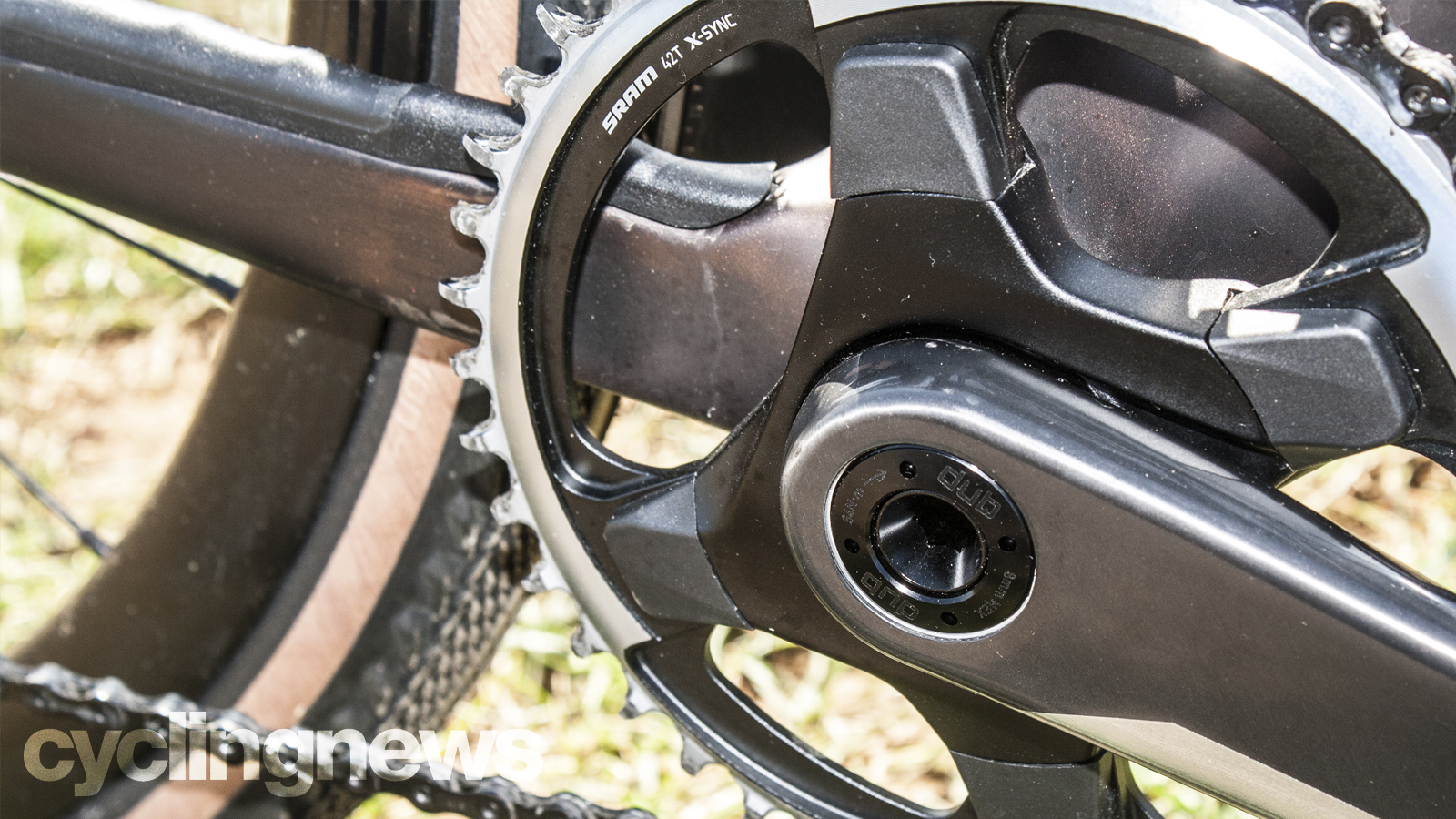
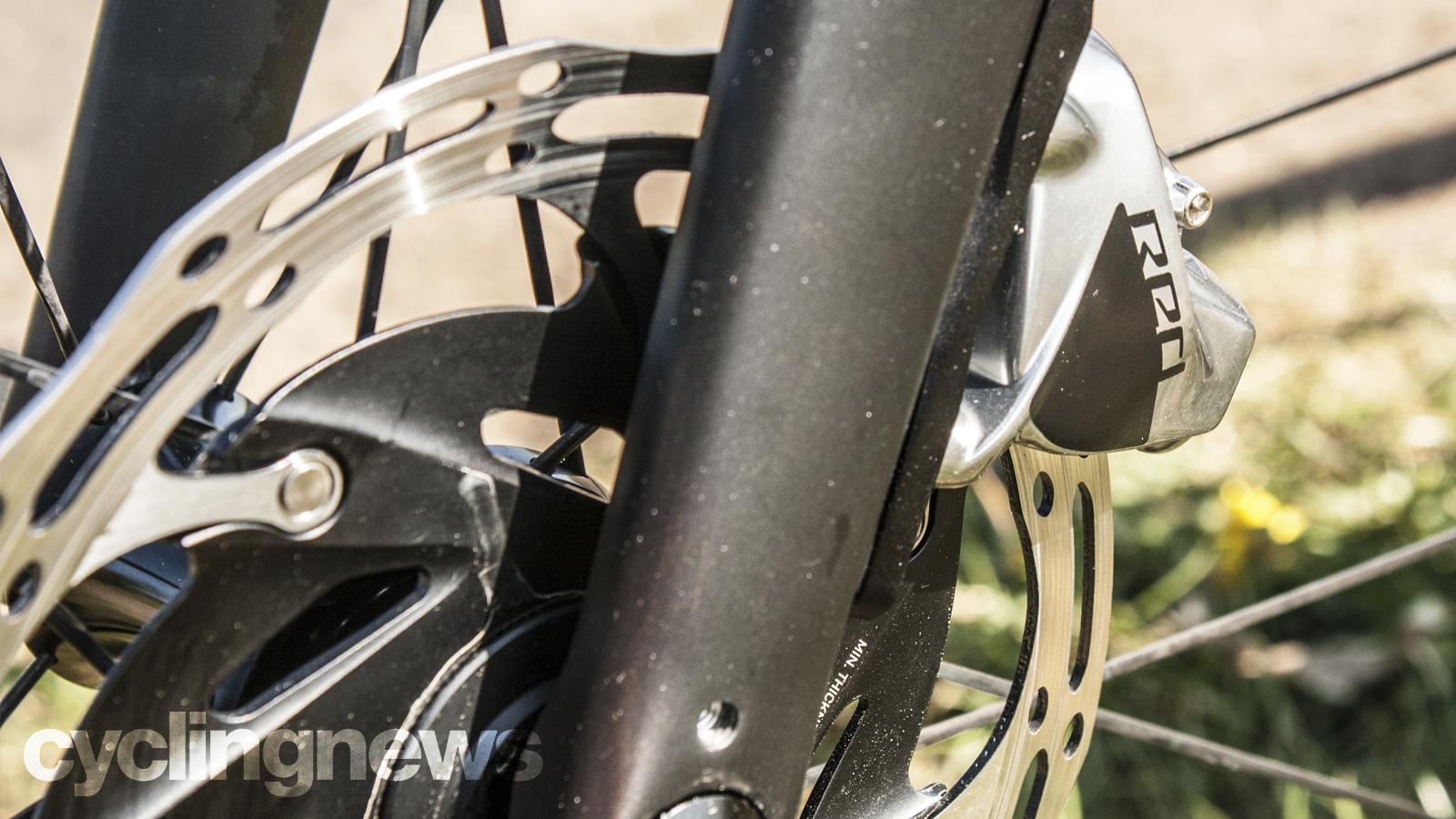
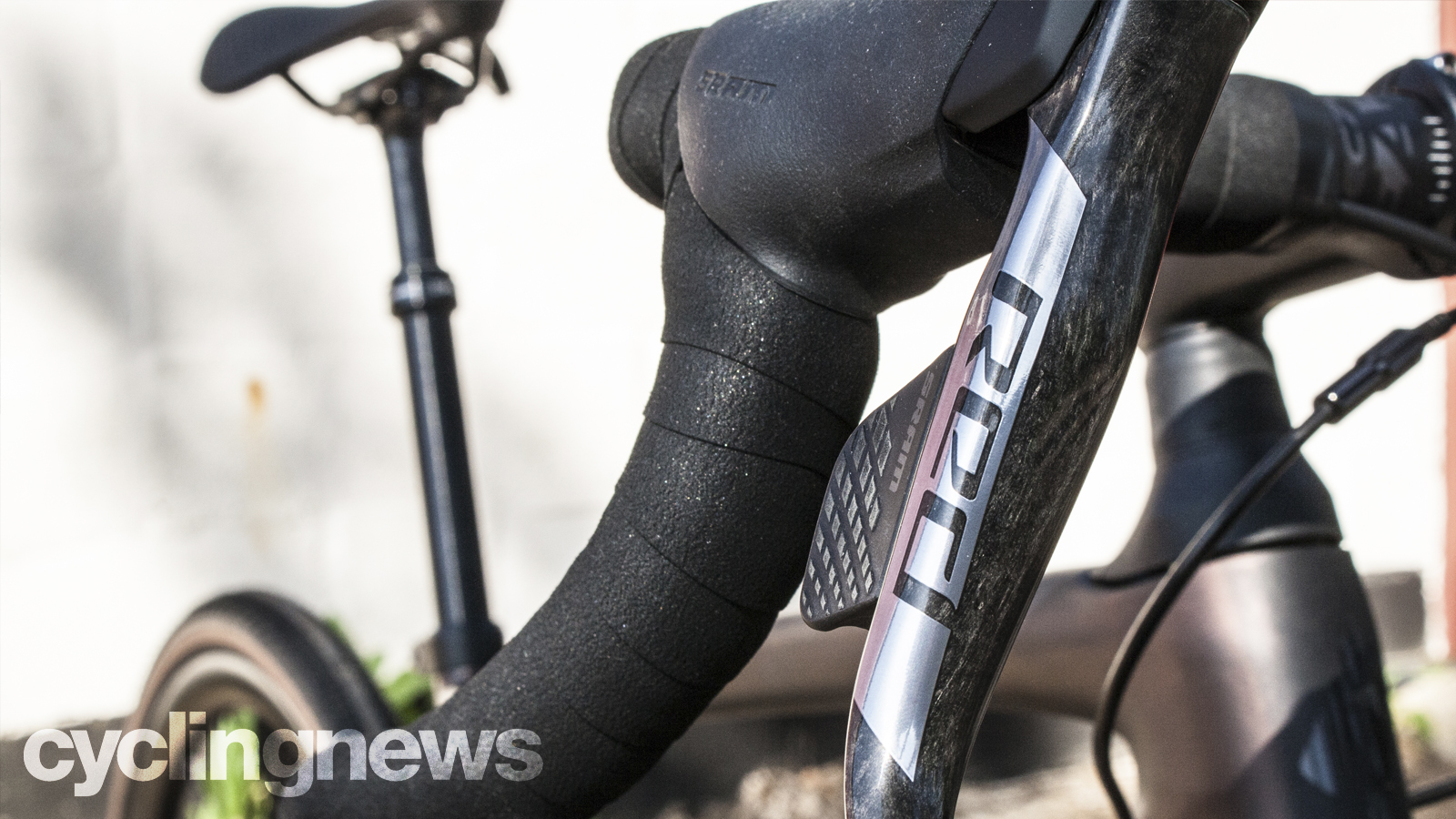
Components and build
Our S-Works Diverge test bike came dressed in a combination of SRAM's road and mountain bike electronic components. Often referred to as a mullet build, it combines eTap AXS road levers with an Eagle AXS rear derailleur and 10-50T cassette - an arrangement which fully complements the Diverge's multi-faceted skillset and left-field demeanour.
The big surprise here is the inclusion of an X-Fusion Manic dropper post. While it offers just 50mm of travel it adds unnecessary weight to the build and is better suited to an application such as the Diverge EVO. Other notable parts include an Easton EC70 AX Carbon bar with 16-degree flare, a Specialized S-Works Future Stem with integrated Bar Fly computer mount and an S-Works Power saddle.
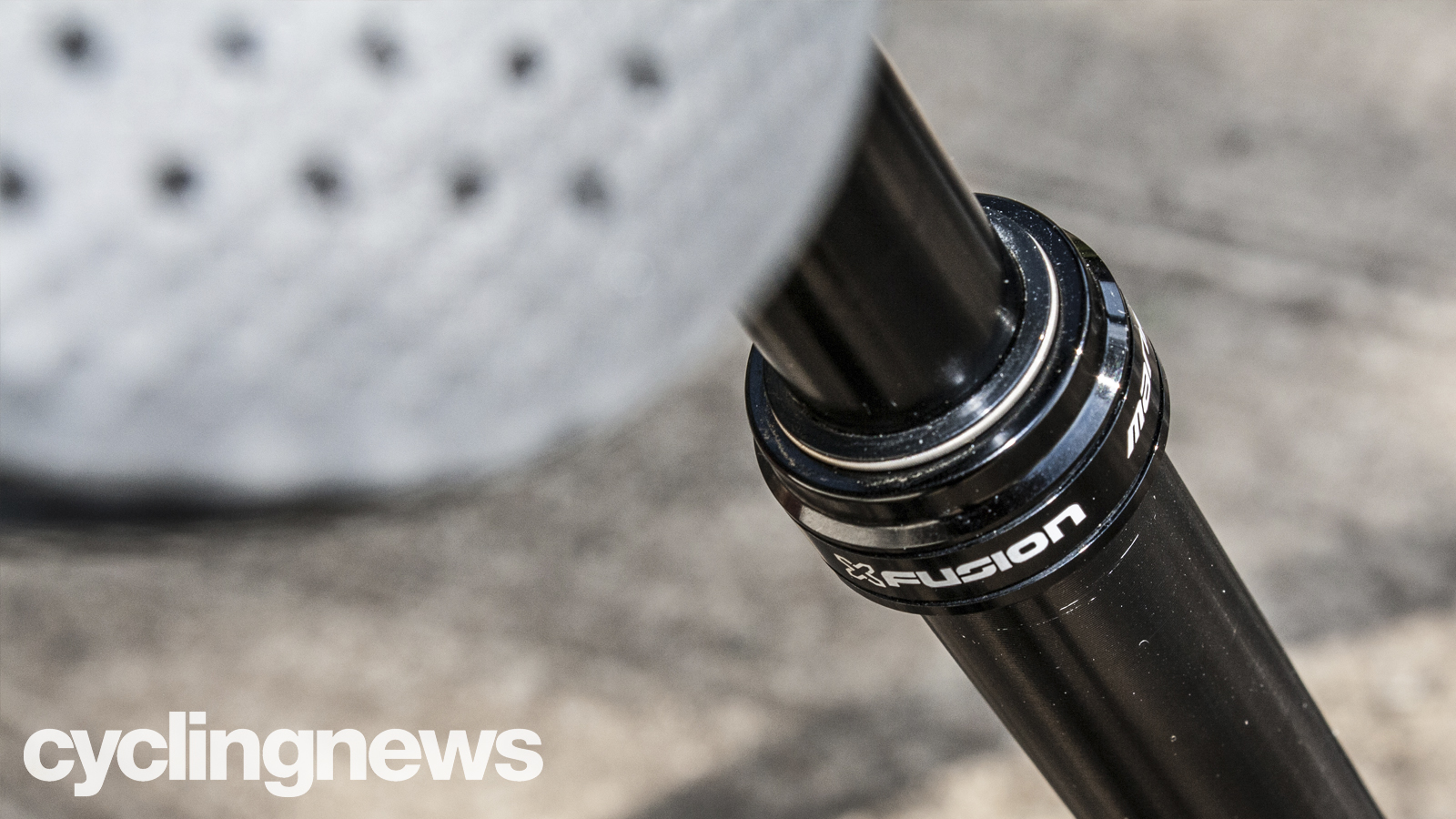
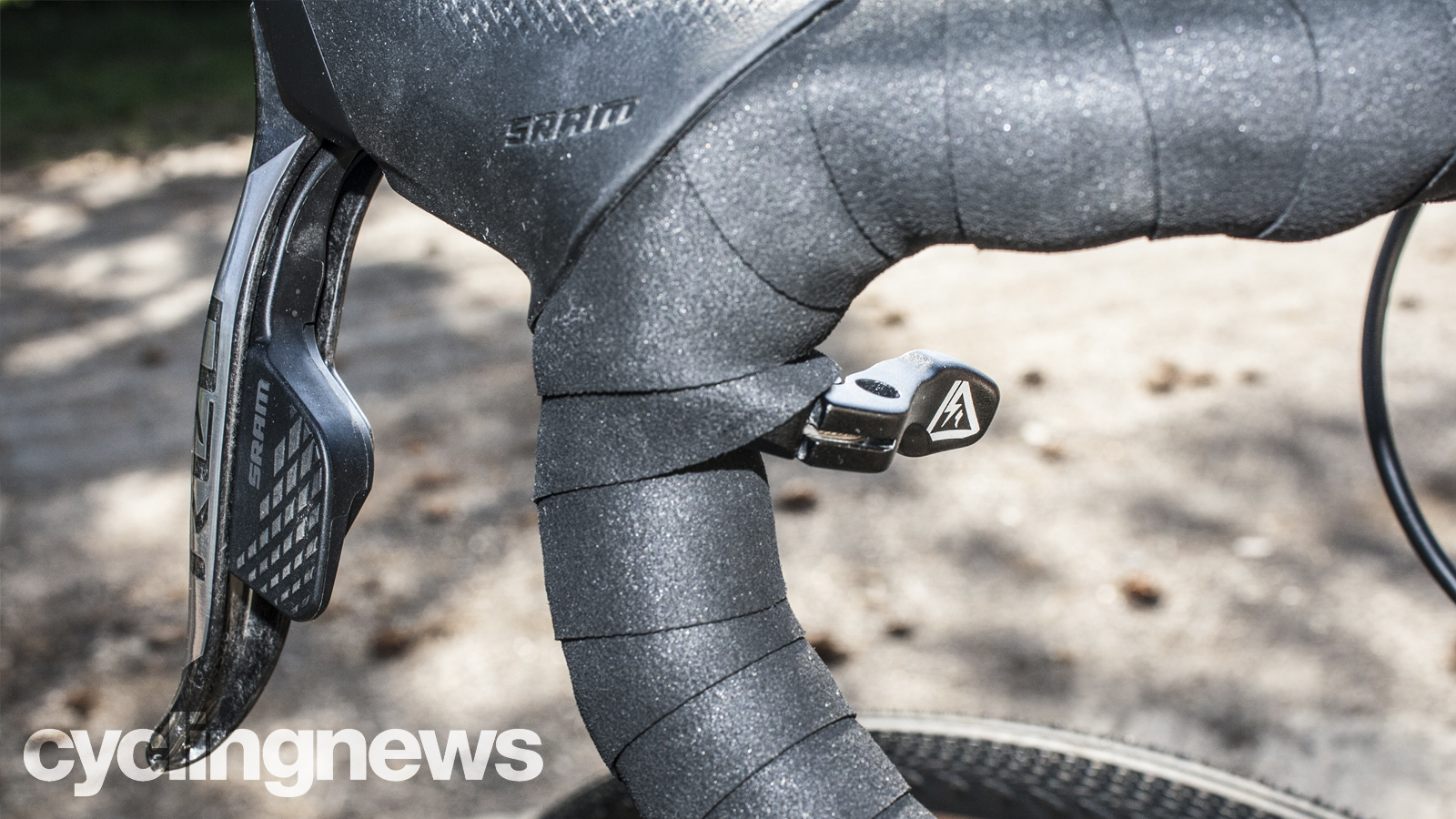
The Diverge rolls on Roval Terra CLX gravel wheels shod in Specialized Pathfinder Pro 38C gravel tyres. Not only does this combination offer superlative levels of adhesion and stiffness, but it has also helped keep the Diverge's kerb weight to a minimum - our fully dressed Diverge test bike with pedals weighed tipped the scales at 8.95kg.

Predictable handling. Smoother ride quality
As expected, the new Diverge rides very much like its predecessor but tweaks to its geometry - particularly the BB drop which is now 80mm - have improved the way it behaves as well as how it overcomes obstacles. This has also improved pedal clearance and helped thwart chain ring strikes when negotiating technical drop-offs and the like.
Speaking of technical terrain, the Diverge is one of the most adept and gifted gravel bikes in the segment. The slacker 71.25-degree head angle, longer reach (383mm) and shorter cockpit have bestowed it with an increased sense of manoeuvrability and finesse, which in combination with the 425mm chainstays have resulted in handling improvements that are both flattering and confidence-inspiring. It's just a matter of lining up the front wheel, getting on the gas and repeating.
Adhesion levels are phenomenal thanks to the Roval Terra CLX wheels. Utilising a 25mm internal width and hooked rim design, they offer boosted assurance when running low pressures - something you'll need to meticulously tune depending on the terrain. I found 28-32 psi front/rear the happy medium - a little harder than I would usually run but the mixed tread pattern of Pathfinder Pro 38C tyres allows you to really dig in the front wheel and exercise the prodigious levels of shoulder grip on offer.
At 8.95kg, the S-Works Diverge is one of the lightest gravel bikes on the market and you can feel it when pedalling up a hill in anger. The 42, 10-50T drivetrain assembly offers a wide spread of gearing to ensure everything from the steepest of inclines to fast, rolling roads are effectively dealt with. Sure, you could shave off in the region of 300-400g if you bin the dropper post for something more traditional but considering the type of topography the Diverge is capable of dismissing it's probably worth leaving intact.
The Diverge's party trick, however, is undoubtedly the way in which it deals with bumps, ruts and corrugations. While the beefy, oversized frame tubes are partly to thank, it's more the Future Shock 2.0 front suspension assembly that helps keep progress smooth. Unlike its predecessor, Future Shock 2.0 is hydraulically damped and can be adjusted on-the-fly from near-rigid to fully open.
The notion behind why the Diverge is so responsive to pedal inputs and perceptive to front end directional changes hinges around the notion of axial compliance. Owing to the fact that the Future Shock is positioned above the head tube, the bike's wheels are held together rigidly by the frame which helps foster both a smoother ride and predictable handling.

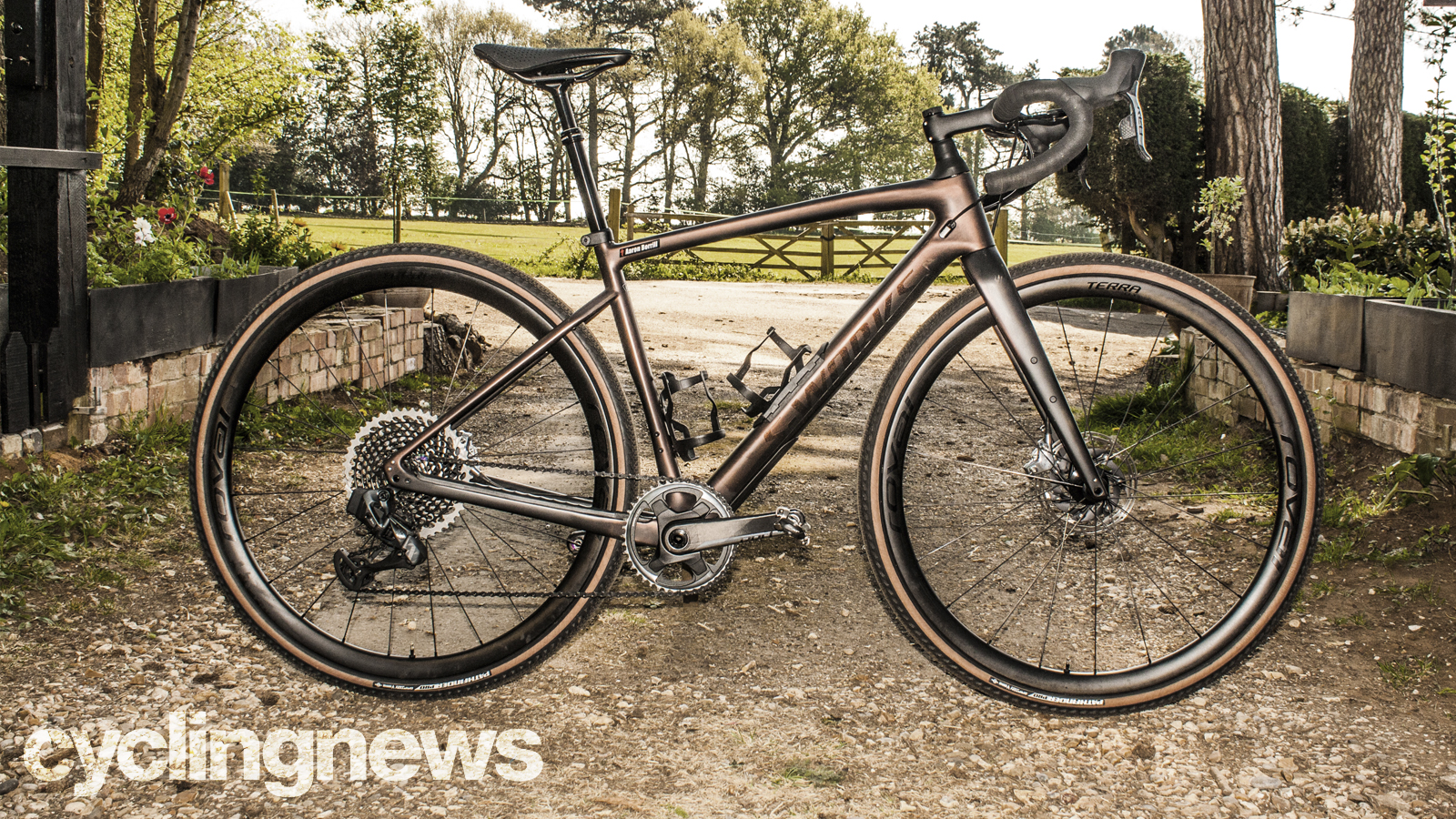
- DeAnima Soul gravel bike review
- Factor Vista Ultegra Di2 review
- 3T Exploro review
- Basso Palta: first ride review
A Diverge for every occasion
The ten-model Diverge line-up is split down the middle as far as carbon and aluminium frame options go. As expected things get pretty pricey at the sharp end of the spectrum but also impressively lenient near the bottom with the entry-level aluminium E5 model coming in at a smidgeon under £950.
Furthermore, the Diverge can also be purchased individually as an S-Works frameset, as well as optioned in a special-edition retro colourway that pays homage to the model that started it all - the RockCombo.
Comprising part of that lineup is Diverge EVO which Specialized has concocted exclusively for those who enjoy getting rowdier on the trails. Available in aluminium only, it ditches traditional gravel drops for a mountain-bike-style flat bar and more relaxed geometry.

Verdict
We've always been fervent admirers of the Specialized Diverge and its ever-evolving skillset. Having sampled all three versions since its inception in 2014, the newest edition has taken an already winning formula and tempered it into yet another stellar offering - it's the best gravel bike Specialized has made to date.
Despite the category it finds itself in, it would be foolish to label the Diverge as merely a gravel bike. It's a lot more than that and can dismiss anything from fast-paced road rides and long-haul gravel adventures to CX-style lap racing with consummate ease. Furthermore, the range caters for every kind of rider and budget imaginable, making it one of the most accessible bikes of its kind on the market.
Our particular test bike, the S-Works Diverge, however, is an out-and-out racer equipped with all the go-faster doohickeys needed to tackle the most treacherous of terrain assortments. Add to that the feedback-rich riding experience and almost telepathic levels of handling, and what we've got here is one of the fastest, most adaptable gravel speed machines available.
Is it the best gravel bike in the segment? It comes pretty damn close to be honest, but before we can make that call - objectively - we'll need to group test against two of its fiercest rivals - the 3T Exploro and Factor Vista, both of which have been five-star-rated by our panel of testers. Watch this space.
Pricing
S-Works Carbon eTap - £8,899
Pro Carbon eTap - £5,999
Expert Carbon eTap - £4,499
Comp Carbon - £3,399
Base Carbon - £2,199
E5 Comp - £1,999
E5 Elite - £1,599
E5 - £949
E5 Expert Evo - £2,399
E5 Comp Evo - £1,599
S-Works frameset - £3,499
Log book
- Temperature: 10-22 degrees
- Weather: Sunny, mild
- Trail/road surface: Dry Jeep track, washed-out singletrack
- Route: Tarmac, singletrack, gravel roads
- Mileage: 492km
Specifications: Specialized S-Works Diverge
- Price: £8,899 / $10,000 / AU$14,000
- Frame: S-Works Fact 11r carbon
- Size: 54cm, medium
- Weight: 8.95kg (actual, medium)
- Groupset: SRAM Red eTap AXS Eagle
- Crankset: 170mm carbon cranks, SRAM Red AXS 42T, 10-50T Eagle 12-speed cassette
- Pedals: Shimano XT
- Wheels: Roval Terra CLX
- Tyres: Specialized Pathfinder Pro 38C
- Brakes: SRAM Red eTap AXS, hydraulic
- Rotors: SRAM CLX-R 160mm front/rear
- Bar: Easton EC70 AX Carbon, 16-degree flare
- Stem: S-Works Future Stem. Integrated Computer mount
- Bottle cages: Specialized
- Storage: Integrated SWAT door
- Seatpost: X-Fusion Manic Dropper, 50mm travel
- Saddle: S-Works Power Saddle with Mirror Technology. 3D-printed
Aaron was the Tech Editor Cyclingnews between July 2019 and June 2022. He was born and raised in South Africa, where he completed his BA honours at the University of Cape Town before embarking on a career in journalism. Aaron has spent almost two decades writing about bikes, cars, and anything else with wheels. Prior to joining the Cyclingnews team, his experience spanned a stint as Gear & Digital editor of Bicycling magazine, as well as a time at TopCar as Associate Editor.
Now based in the UK's Surrey Hills, Aaron's life revolves around bikes. He's a competitive racer, Stravaholic, and Zwift enthusiast. He’s twice ridden the Cape Epic, completed the Haute Route Alps, and represented South Africa in the 2022, 2023, 2024 UCI eSports World Championships.
Height: 175cm
Weight: 61.5kg

